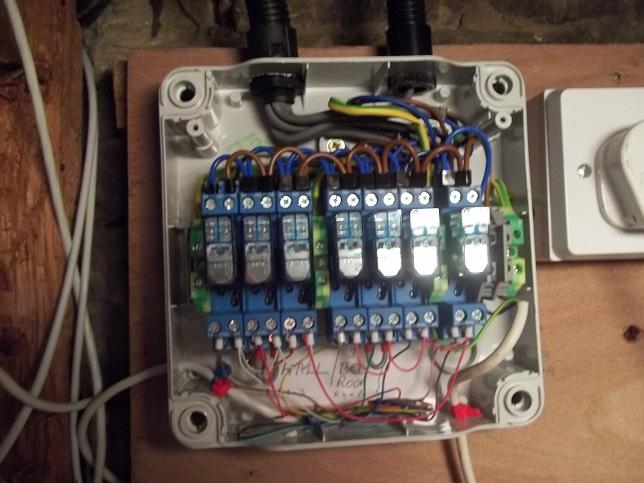Using SELV and a relay has advantages such as being able to use alarm size cable for the switch drops which reduces the amount of chasing required.
Use DC for the ELV as over time relays with AC coils can develop irrrating humming sounds.
I would earth the negative side of the ELV so that any insulation breakdown fault in a relay ( Live to ELV ) would trip the RCD .
Depending how far you have got with the re-wire it may be of value to group the relays in clusters and use individual twin and earth to each lamp.
All my lights work this way to avoid chasing switch drops in the walls which are wattle and daub, lath and plaster or stone.


